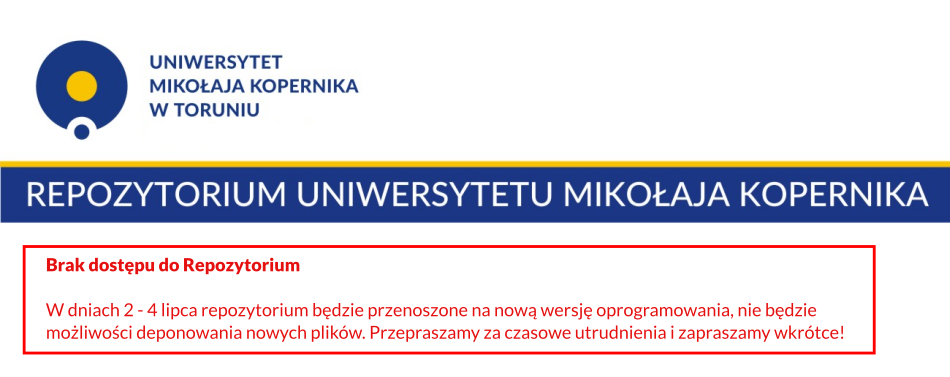| dc.contributor.author |
Igliński, Bartłomiej |
| dc.contributor.author |
Pietrzak, Michał Bernard |
| dc.contributor.author |
Kiełkowska, Urszula |
| dc.contributor.author |
Skrzatek, Mateusz |
| dc.contributor.author |
Gajdos, Artur |
| dc.contributor.author |
Zyadin, Anas |
| dc.contributor.author |
Natarjan, Karthikeyan |
| dc.date.accessioned |
2022-03-26T13:47:11Z |
| dc.date.available |
2022-03-26T13:47:11Z |
| dc.date.issued |
2022 |
| dc.identifier.citation |
Energies, vol.15, 2022, 2296. |
| dc.identifier.other |
https://doi.org/10.3390/en15062296 |
| dc.identifier.uri |
http://repozytorium.umk.pl/handle/item/6726 |
| dc.description.abstract |
The subject matter discussed in the article concerns the problem of the energy transformation of the European Union (EU) countries. In the case of the EU, the energy transformation has specific characteristics due to formal legal and institutional provisions. This means that the member states are obliged to implement the adopted Community Energy Strategy, which was defined under the European Green Deal. According to the EU policy, all member states are to have climate-neutral and zero-gas-emission economies by 2050. The energy transformation is to be largely based on the diversification of the energy sources used, with a dominance of renewable energy sources (RES). The article presents a research problem, where the question was asked whether achieving climateneutral energy independence based solely on RES is possible at the regional level. It seems that the positive answer is an important argument in the discussion about the possibility of all member states achieving the goals set under the European Green Deal. Additionally, stating the possibility of energy independence from RES for a selected region is an important argument to promote just and bottom-up initiatives in order to carry out the energy transformation more effectively. The assessment of the energy potential from renewable sources at the regional level was carried out on the example of a selected NUTS 2 region, the Greater Poland Voivodeship in Poland. The main objective of the study is to analyze the possibility of obtaining independence from RES by the selected Greater Poland Voivodeship. The implementation of the objective consists of determining the energy potential from RES in the Voivodeship under study on the basis of the methods of a geographic information system (GIS). GIS methods were selected due to the fact that they allow for the spatial positioning of point, line, and surface structures in relation to the potential of RES, thus ensuring high accuracy of the obtained estimates. The analysis carried out in the study shows that the technical potential of RES in the Greater Poland Voivodeship is higher than the current electricity and heat usage. This means that by focusing solely on RES in the region, the Greater Poland Voivodeship can fully meet the energy demand thanks to its green resources. It should be emphasized that the Greater Poland Voivodeship is one of the coal-dependent regions in Poland that has already prepared a structured plan of just transformation. A locally and bottom-up prepared strategy assumes the conversion of the region from a “Coal Energy Region” into a “Green Energy Valley” in which economic development will be strictly connected to RES energy independence. |
| dc.description.sponsorship |
Uniwersytet Mikołaja Kopernika w Toruniu |
| dc.language.iso |
eng |
| dc.publisher |
MDPI |
| dc.rights |
CC0 1.0 Universal |
| dc.rights.uri |
http://creativecommons.org/publicdomain/zero/1.0/ |
| dc.subject |
renewable energy |
| dc.subject |
sustainable development |
| dc.subject |
GreenDeal objectives |
| dc.subject |
sustainable development goals |
| dc.subject |
GIS method |
| dc.subject |
European Union |
| dc.subject |
Greater Poland Voivodeship |
| dc.title |
How to Meet the Green Deal Objectives - Is It Possible to Obtain 100% RES at the Regional Level in the EU? |
| dc.type |
info:eu-repo/semantics/article |


